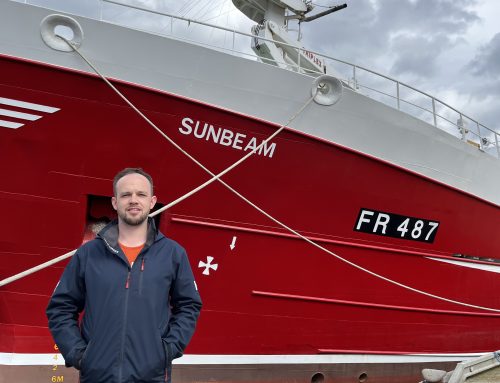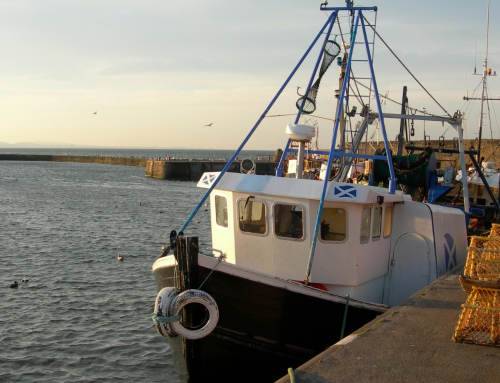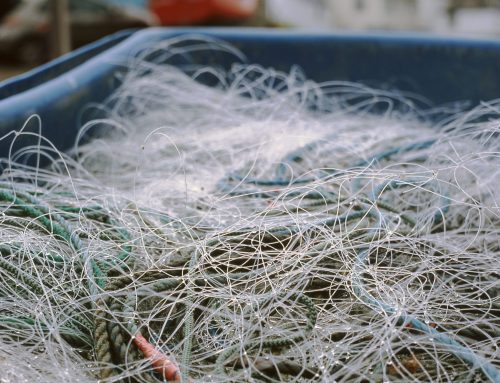As part of a FIS commissioned project (FIS025), researchers at Marine Scotland Science have been investigating the potential for a whitefish trap fishery on the West Coast of Scotland. With this project nearing its completion (April 2020), we caught up with Marine Scotland’s Jim Mair, the lead Gear Technician spearheading this work, to find out whether this might prove to be a viable method for harvesting and monitoring whitefish.
Fishing for ideas
The idea to improve a trap to harvest whitefish in this way originated 10 years ago when Jim and other Marine Scotland scientists were working on a large EU funded project. The research sought to investigate the survivability of fish once escaped from the cod end during the towing process. To complete this research, the team needed to collect unharmed fish to be used as a control for experiments. With long-line methods causing too much damage to the fish, they started to look for other methods and bought a trap from Norway. Jim explains that whilst diving and noticing the trap wasn’t working as well as it should, a couple of ideas for adjustments came to him.
‘I took it [the Norwegian trap] underwater and watched it to see what was happening and then I remembered that I used to use a trap that I designed myself to catch bait… I grabbed a couple of ideas off that, introduced them and then we started to get really good results.’
Bringing design ideas to the surface
Jim’s lightbulb moment underwater resulted in two particular design changes. Firstly, Jim realised that by baiting the trap in a particular way he could continue to attract more fish. This combined with the addition of an extra compartment to reduce the number of escapees, Jim ‘upcycled’ a number of traps from old ones which he now uses for trials.
You couldn’t beat the quality of the fish.
Although Jim’s design is novel, there are similar traps out there and on a much bigger scale. For example, Jim explains that in Newfoundland, USA, there is a group of fishermen using their own form of benthic traps to catch cod. Similar projects such as this have helped Jim refine his own design and develop ideas for where the project might go in the future.
The design also has added benefits for the environment. Unlike trawling, the traps remain in one place on the seabed with enough buoyancy to keep it upright. This means it causes little damage to the seabed, making it an extremely low-impact method of fishing.






